The He 162 Salamander – A Cutting Edge Aircraft That was Too Late
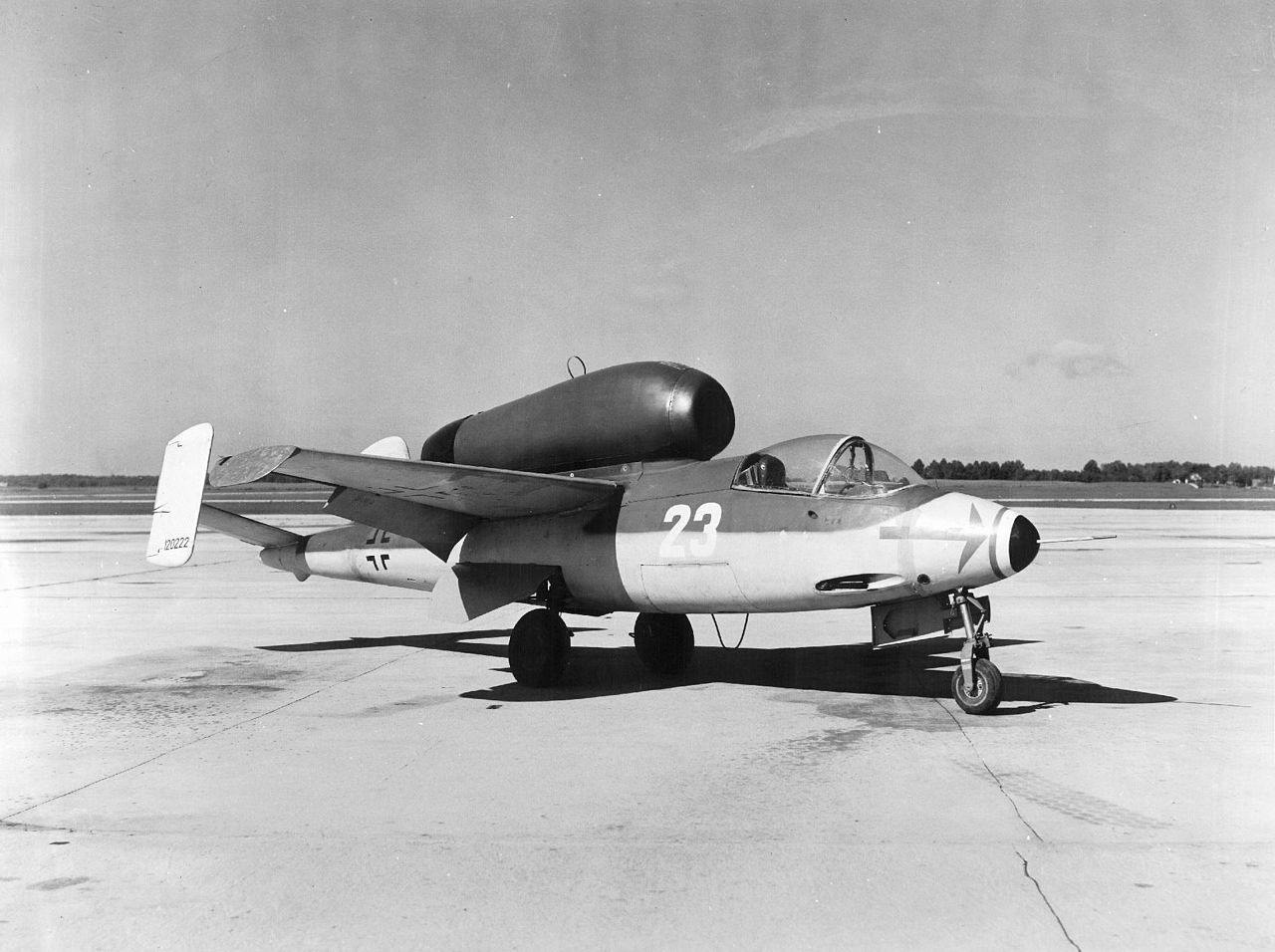
The He 162 Salamander was a later fighter, built with the hopes of bringing victory to Germany even when the writing was clearly on the wall. These desperate attempts at salvation were usually rushed and unfinished, causing them to be even less effective and dooming their war even further. The He 162 was one of the first operational jet fighters ever and was a truly remarkable and innovative aircraft, but as usual for late-war German weapons, it was too little, too late.
The aircraft had minimal to no impact on the war and could be regarded as a poor, dangerous design, but armed with a turbojet, cannons, and an ejector seat, the He 162 had some truly groundbreaking features.
First flying just four decades after mankind ever took to the skies, the He 162 is a footnote in aeronautical history to be remembered.
Commissioning the Future
The German Ministry of Aviation (RLM) officially requested a jet fighter with an order issued on September 8, 1944. The requirements for this new aircraft directly reflected Germany’s position at this time in the war. They were struggling to maintain high-quality mass production due to Allied bombing and were rapidly losing veteran pilots due to Allied air superiority. This jet-powered aircraft had to be easy to mass produce with unskilled labor, and be simple to fly so novice pilots could quickly master it.
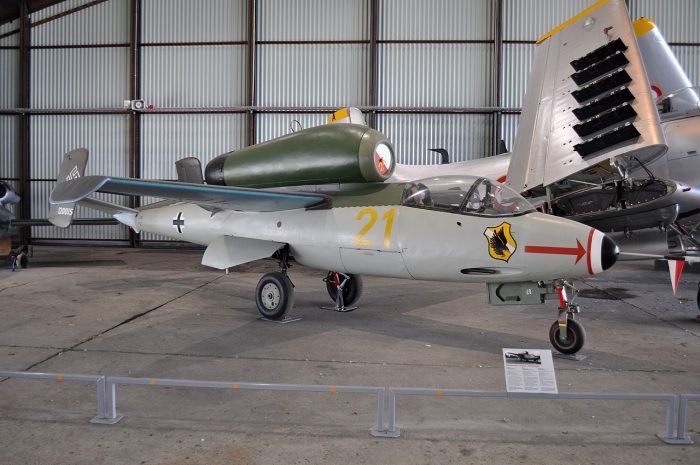
This aircraft had to be so cheap and easy to mass-produce, that such large numbers could be built that if one was damaged in combat, instead of adding work to the already strained repair depots by having it repaired, the damaged aircraft would simply be replaced by a new one from the factory. This idea of the ‘Throwaway Fighter’ was a last-ditch effort to try and match the overwhelming odds in the air, and combat the crippling Allied bombing raids.
The Name of the Program
The He 162 went by a few different names. The aforementioned design program issued by the RLM was named Volksjäger or ‘Peoples Fighter’, which the aircraft adopted, Heinkel named it the (Spatz) Sparrow, and the codename for the construction of the aircraft was Salamander, which is the name its most commonly referred to as.
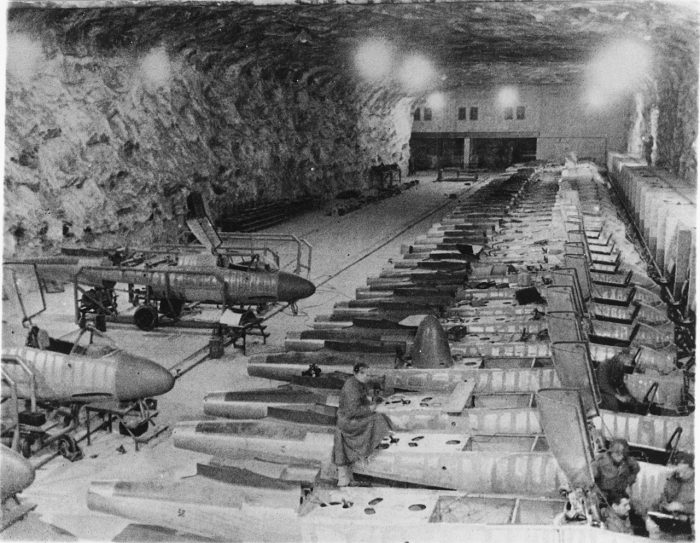
First Flight
The He 162 had an incredibly quick design phase, with its first flight on December 6, 1944, just 90 days after the requirements were laid out for a new aircraft, and only 38 days after the factory received the drawings and plans for the aircraft.
The first flight wasn’t exactly a resounding success; the aircraft did reach 520 mph but suffered a structural failure at high speed caused by poor adhesive in the airframe, forcing test pilot Gotthold Peter to land. It was also noted the aircraft would side slip (where the direction of travel isn’t exactly where the nose is pointing), and had poor pitch stability, mostly caused by an undesirable center of gravity due to the engine location.
A second flight was performed again by Peter four days later in front of high-ranking Luftwaffe and German officials. This time, however, the adhesive issue discovered on the previous flight struck again, causing a total failure and detachment of the port wing aileron. The aircraft immediately rolled over and crashed, killing Peter.
By the second prototype, the He 162 had already entered production (not the wisest idea). The issues noted by Peter were investigated and could be rectified with some redesigning of the tail assembly and adding ballast to the nose. While some changes were made, this was never fully implemented due to a lack of time. Aside from these issues, the aircraft was fast and highly agile, but the instability meant it required an experienced pilot to fly it, defeating much of the purpose of the aircraft.
Wood and Metal Body
Keeping weight, costs and construction complexity to a minimum, the He 162 was built mostly from wood. A network of sub-contractors was set up, including furniture makers and woodworkers who had the skills to make the wooden components. The fuselage was a modern streamlined design manufactured from a light metal alloy with a plywood nose. The wing, built in a single piece, was made of wood and tipped with metal.
Adhesive Problems
The original plywood glue supply was interrupted when a major producer in Wuppertal, Germany, was bombed by the RAF. A different glue had to be sourced fast as to not delay the assembly of airframes. Unknown to designers at the time, the replacement glue was highly acidic, and ate through the structure it was meant to hold together. As mentioned above, it was this catastrophic oversight that caused the disintegration of Gotthold Peter’s aircraft and his death.
The aircraft’s instability coupled with the weak airframe meant it was prone to structural failures. Even after the war end the He 162 Salamander was still killing pilots, when in late 1945 a British test pilot pushed one a little too hard, causing the tail assembly to break apart. The resulting crash killed a soldier on the ground and the pilot.
A Modern Canopy
The He 162 Salamander’s fuselage and cockpit prophesied the next few decades of jet design, featuring a slender fuselage with a rounded nose, along with a streamlined rear-hinged cockpit canopy that opened upward like modern jets. A window in front of the control column and between the pilots’ legs allowed him to visually check the forward landing gear operation. The controls in the cockpit were incredibly basic, giving the pilot the bare minimum information to fly the aircraft.
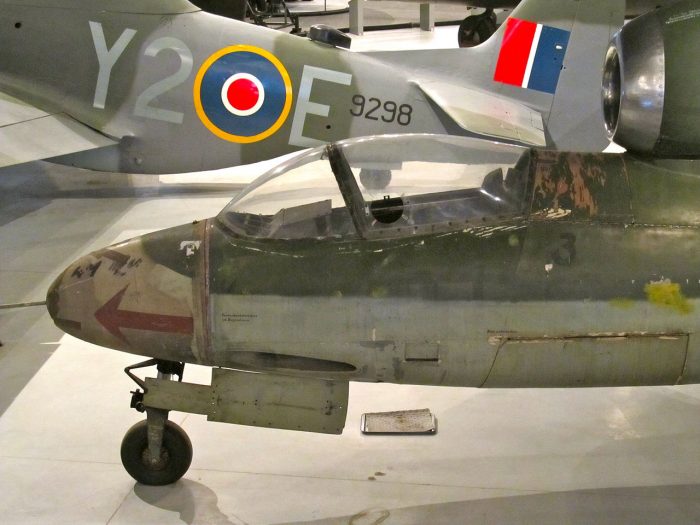
Engine Position
The aircraft used a single BMW 003 turbojet engine, which was less powerful than the Junkers Jumo 004 used in the Messerschmitt 262 but didn’t draw supply away from the Me 262. The He 162 was so light however that the aircraft still had a better power-to-weight ratio than the Me 262. The engine was mounted atop the He 162 in a rather unique and odd-looking configuration. This was for simplicity’s sake, saving designers from having to place the engine within the fuselage, a location that would greatly increase complexity.
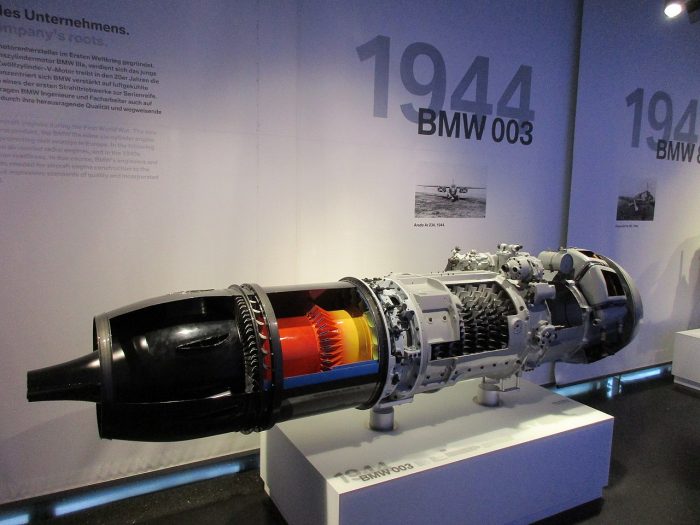
Ejection Seat
Perhaps the most intriguing fact about the He 162 was that it had an ejection seat. This was the first jet aircraft, and one of the first aircraft to ever carry one into battle. The need was due to the location of the jet engine. During a conventional bail-out scenario, it would be almost impossible for the pilot to not strike the engine sat behind the cockpit, so an ejection seat was a necessity for survival in this situation.
The seat had two caps that slid into and sealed the tops of two tubes behind the seat, attached to the airframe. At the bottom of each tube was an explosive charge, which when detonated would rapidly fill the tubes with expanding gas, causing the closing caps mounted to the seat to launch upwards, lifting the seat along with the pilot out the aircraft and clear of the engine.
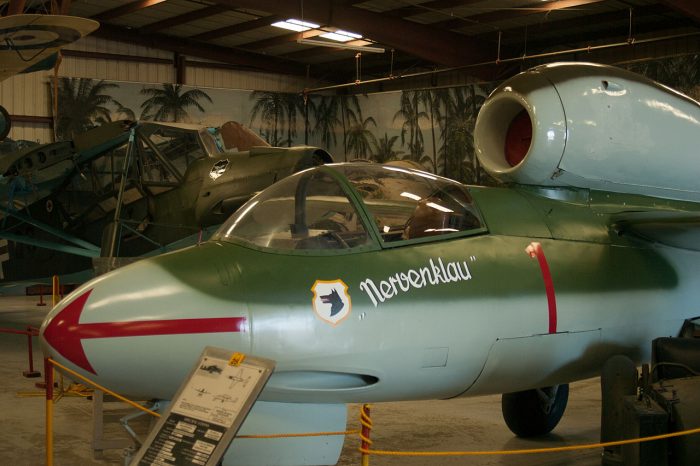
Firepower
The He 162 Salamander was well-armed. There had been a shift during the war toward cannon in place of machine-guns on fighters, as the explosive shells of cannons could explode within the aircraft wreaking havoc, and also destroy self-sealing fuel tanks. They were particularly useful at bringing down heavy bombers like the B-17 and B-24, which could survive large amounts of smaller caliber impacts in the large expanses of room inside them. Cannon fire on the other hand could literally destroy entire load-bearing structures, causing wings and sections to tear off.
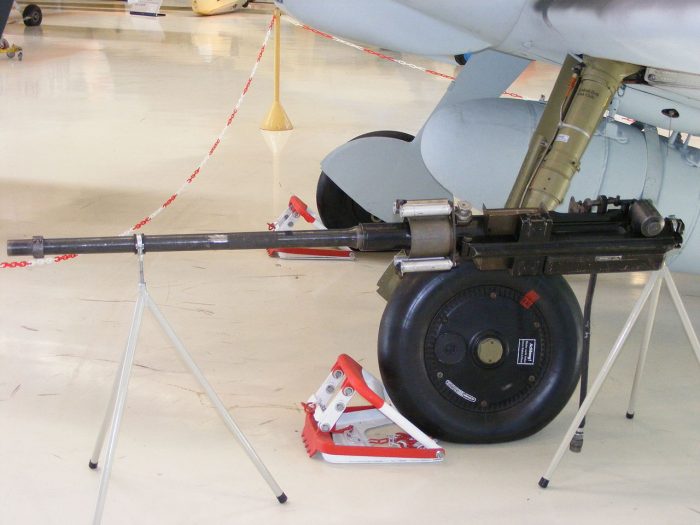
With this knowledge, the Volksjäger program required the aircraft to use 20 mm and 30 mm guns; consequently, this is what the He 162 carried. Early models showed the 30 mm cannon’s recoil was too much for the wooden framework to withstand, so this version was withdrawn from further production until additional strengthening could be added. Until then, the He 162 would use 20 mm guns mounted low in the nose.
Speed and Performance
Despite only having one early jet engine, the He 162 was seriously fast. At 20,000 ft at maximum thrust, the aircraft could reach 520 mph, making it one of the fast aircraft of the war. For comparison, the Focke-Wulf Fw 190, a favorite of German pilots, had a top speed of 426mph. The aircraft was however significantly hampered by a flight time of around 30 minutes before it ran out of fuel; the trade-off for such a small airframe.
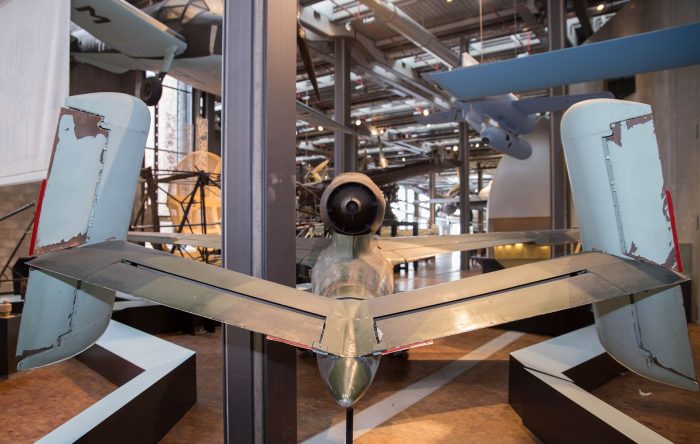
The He 162 Salamander was a rushed plane, that suffered from poor quality production causing numerous issues that were never ironed out, but the design itself was sound. Multiple experienced pilots stated that the aircraft was challenging but wonderful to fly, with lightweight, balanced controls that rewarded a skilled pilot with high speeds and maneuverability.
Another Article From Us: P-51 Mustang Involved in Near-Miss With Another Airplane in UK
It is a remarkable feat to have gotten this aircraft, which at the time was on the fringe of aeronautical technology, into the air just 90 days after the requirement was issued out. Had the aircraft been given more time to mature, it would likely have been a devastating opponent.
